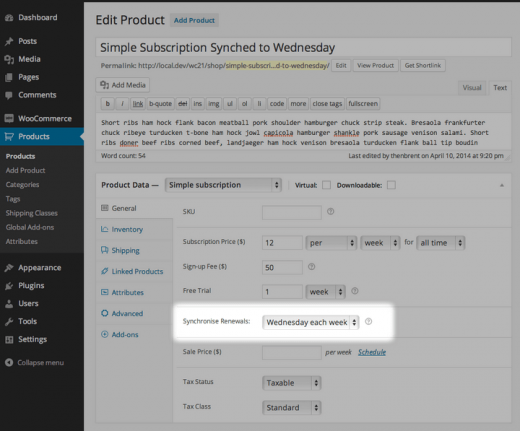What is WooCommerce?
What is WooCommerce?

If you’ve been keeping up with ecommerce trends, you might have heard that over the last few years, more and more people are doing their shopping online. In 2018, 51% of UK consumers said they prefer shopping online – this is the prevailing global trend. As a business, it is an excellent opportunity and a great time to take your business online. You’ll be missing out if your products are not available for purchase online.
Setting a shop online can be expensive and complicated. One of the easiest and cheapest ways to set up shop on the internet. What would be really good for you and your business? What are the things you should be aware of with an eCommerce business? Are there other options for you? The most popular WordPress plugins of all time — used to power millions of ecommerce websites.
A Brief History
The WooCommerce plugin started it’s life as a product of a company called WooThemes. After unsuccessfully trying to work with Jigoshop (another ecommerce offering), WooThemes hired the main developers of Jigoshop (Mike Jolley and James Konster) and forked (created a new branch of the code) to develop their eCommerce platform, which eventually became WooCommerce.
This is the beauty and nature of open-source software, where somebody can come along and develop an enhanced version of the open-sourced code (as long as they also open-source that code).
WooCommerce was officially released on September 27, 2011.
This new product from WooThemes become extremely popular and successful and hit 1M downloads in 2013, 4M in 2014 and 7M downloads in 2015. Such was the growth explosion of this product that Automattic, the company behind WordPress.com (the commercial arm of WordPress) acquired WooThemes in 2015.
Today, WooCommerce remains one of the most prominent players in the eCommerce industry, with 62M downloads, 22% of the top 1M websites running on WooCommerce according to BuiltWith and 28% of all online stores according to WooCommerce.com.

Source: BuiltWith
What can WooCommerce do?
WooCommerce allows you to create an online shop. Although this plugin’s initial aim was to create an online shop, today it is much more than that. Let’s look into a few of the online revenue streams which one can build with it.
-
Create an online store for your physical goods.
WooCommerce is mostly known for its ability to create an online shop.
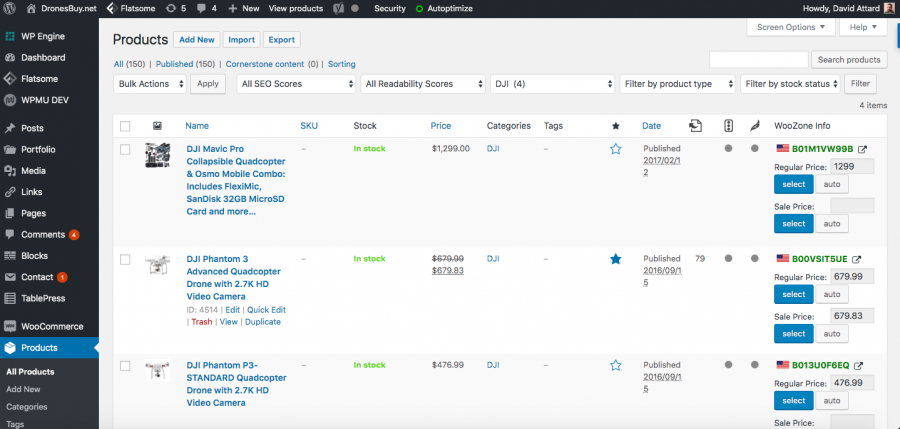
Just like with WordPress with which it integrates seamlessly, the strength of the product comes from the fact that it is so easy to customize it and create a shop which is just right for your specific needs.
Selling physical products online, to both a local, but more so to an international market requires significant complexity. Setting up shipping is fairly easy — where you set shipping zones, such that shipping costs are calculated automatically at the checkout stage. You may decide that local areas can pick up the items themselves at your physical location and then ZIP codes beyond that would be calculated at specific rates which you might have already determined with your shipping provider.
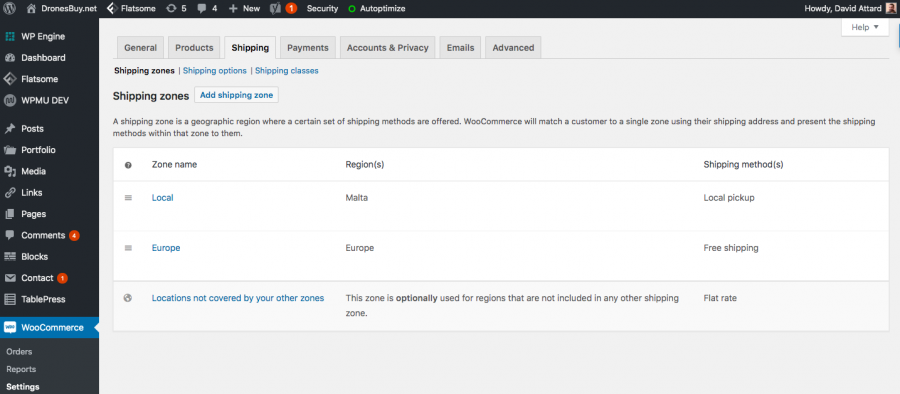
Even more complicated than shipping is taxes.
With various US states and European countries having differing rates of taxes, testing, and setting this up yourself to conform with all legislative requirements could become quite a nightmare. The beauty of many ecommerce sites is that these complexities are handled entirely and automatically by the plugin with little to no input required. You only need to enter the country or state where the business is running from, and everything else is handled automatically.
Receiving online payments is also something which used to be quite a complicated task.
Get access to integration of several payments gateways such as Stripe, or direct integration with Paypal. Arranging to get fees, even accepting payments by Credit Cards, is a breeze both for you as a vendor and for your customers.
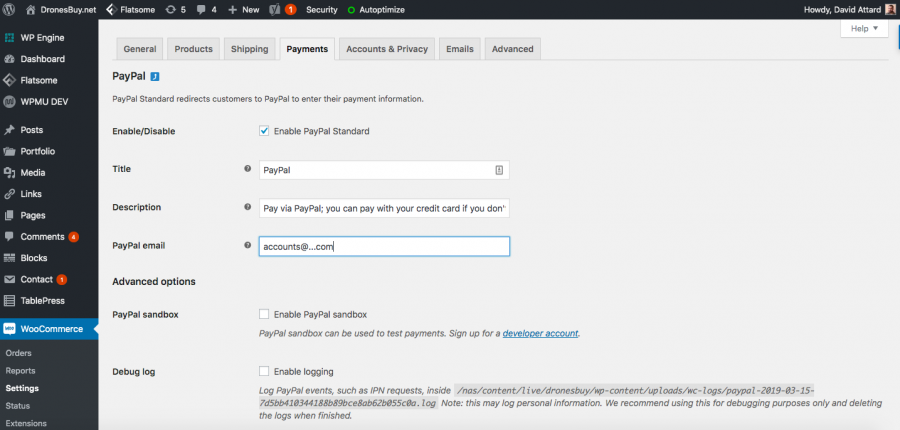
By integrating with a payment gateway, your company does not need to maintain any financial data of your customers, because this function is “outsourced” to the payment gateway. Not having to keep business data (financial) and records significantly reduce your own risk and that of your clients. You’ll also reduce expenses required to meet the rigorous standards required to be able to manage and store customer financial data such as credit card details.
As with most mature WordPress plugins, it might take some time to get used to all of the settings and configurations available, but you’ll find plenty of web designers and agencies who specialize in setting up your ecommerce site. But what if you don’t have any physical products to sell?
2. Selling of digital/downloadable products.
In this day and age, shops which sell digital products, or stuff which you download are as popular as stores which sell physical goods. Whatever digital merchandise you’re pushing, most especially if this is on a pay to download basis — is very easy to set up and its function can be built right into the product. Essentially, you need to set up a Downloadable products section and then upload the product as part of the creation of a product.

If you are only selling digital information — you can upload the files, mark the product as “Virtual” such that no shipping costs are calculated on it. Then, you set the product or service as “Downloadable,” upload the appropriate files, and you’re ready to start selling.
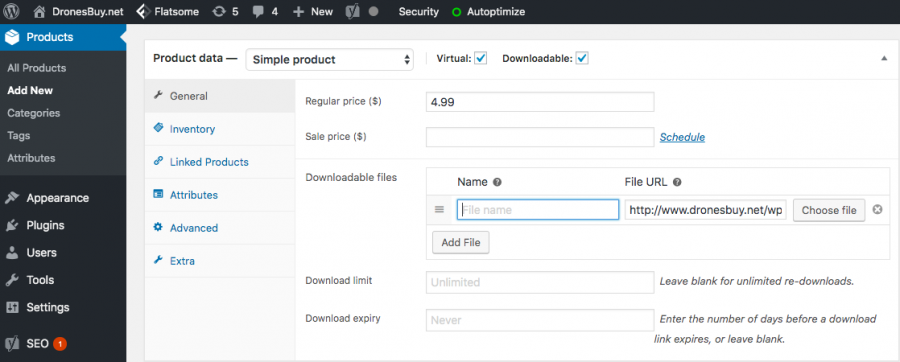
3. Setting up a services-based shop.
While selling products is the most obvious scenario for setting up shop, this is not the only type of business. Companies which provide services can also set up an eCommerce based shop — though they will need to make use of particular extensions like booking and appointment extensions. You will likely want to take appointments online as well.
As a business which sells services, setting up a shop online can help your business in multiple ways:
- Makes it easier for your clients to book your services at their leisure.
- Reduces costs associated with making appointments.
There are plenty of plugins, which can enable the taking of bookings and appointments online, with the number of features and functions provided varying accordingly. There are plenty of other sites that help book these types of services from different vendors.

4. Setting up a membership site.
Such information as digital courses, membership courses, eLearning organizations can all make use of eCommerce sites as the driving force of their business.
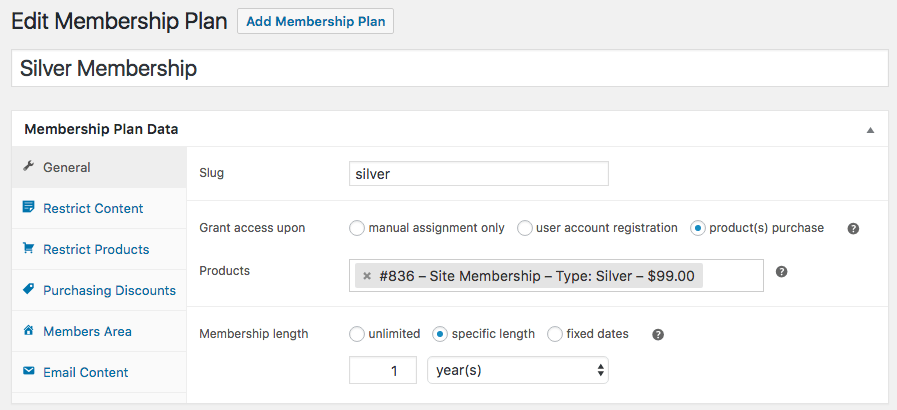
5. Setting up a subscription-based business.
The final business setup which we will discuss which can be enabled using an eCommerce site as a subscriptions-based business. Subscriptions are the preferred one of doing a business today. There are benefits both for the user because the price per month is typically lower than buying a lifetime license. This kind of business also places the onus on the supplier of the product or service, to maintain the same level of service as when the client first purchased a product.
For the vendor, the growth in revenue is typically faster, and the value of the company providing the service per se is much higher than companies which sell one-off products.
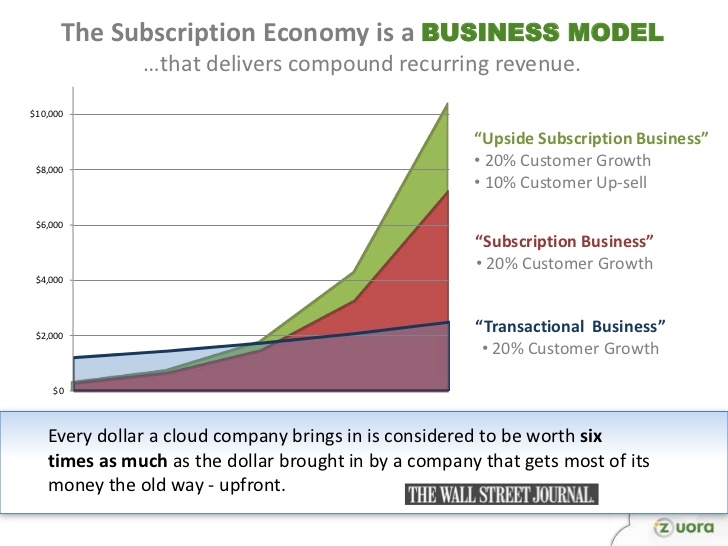
Source: Wall Street Journal
You also need to do “less” marketing, the focus shifts to keeping your existing customers rather than attracting new customers, making sure you keep your customers for as long as possible (increasing what is known as the lifetime value of a customer). There are two primary kinds of business which can use subscriptions. The first is content-based companies, such as newspapers, magazines, and other content-intensive providers. The second is a subscription box. These are all the rage these days.

Essentially, this is a concept, where a client pays a fixed price per month or another specific period, and they get a “box” of their favorite (physical) products delivered to their own home. Subscription boxes are stable in the beauty niche, but all sorts of niches can work this business model, from foods, coffees and teas, wines and other beverages, notebooks, pets, sweets, shaving blades, socks and whatever else can be delivered in a relatively small box.

In reality, most physical product suppliers can create a subscription box, once they iron out the initial logistics of delivering on time and at relatively low cost. Actually, anybody can create a subscription box business, once you sort out the supply and shipping logistics.
6. Other business models.
While we’ve mentioned several niches in which eCommerce can operate in, there are various others which we have not mentioned. Think dropshipping, selling on Amazon, eBay, and Facebook, Fulfillment by Amazon, affiliate websites, and plenty of other options.
Prices
We mentioned quite a few WooCommerce extensions which one can use such as Bookings, Memberships, and Subscriptions which are all available through the official Marketplace.
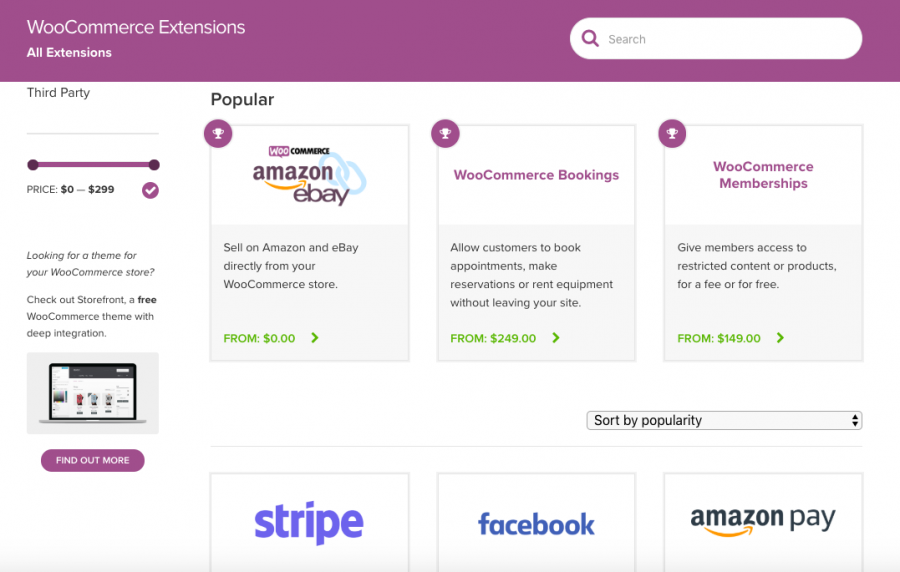
Quite a few extensions are available for free, or between roughly $50 to $300, which we believe is a low price to pay for setting up shop and driving your business forward. There are plenty of others available from independent vendors. Of course, if you don’t have the know-how to set up a WooCommerce or eCommerce shop yourself, you’ll probably want to hire a developer or designer to set this up for you. Besides the setup of the actual product, one needs to factor in the price of hosting your ecommerce shop online; typically one would opt for a VPS, to ensure the shop has sufficient resources to operate as necessary.
Alternatives
Shopify
One of the biggest competitors when it comes to setting up an ecommerce website is Shopify, and you’ll find plenty of articles comparing WooCommerce vs Shopify, the two behemoths of ecommerce. Shopify is a SaaS (software as a service) so the concept is slightly different from that of WooCommerce, because hosting is part of the actual service, and adding or customizing means enabling or disabling particular “apps.”
In general, the setup of Shopify is probably more straightforward, but one needs to stay within the “shell” of Shopify, which means that the level of customization is more limited than what would be available with WooCommerce. The pricing of Shopify is a monthly subscription which increases depending on the needs of the specific business. Shopify is not open-source.
Magento
This is another option which is available for setting up online shops, though this is typically used for enterprise-level shops, requiring extensive customization options which cannot be handled by some eCommerce sites. Magento also has an open source edition which can be downloaded and used.
Wrapping Up
As you can see, many eCommerce sites are very flexible pieces of software which can be used to power plenty of types of businesses and ecommerce shops. Besides what we have mentioned above, both WooCommerce and WordPress have a robust community of support, developers, and extensions, a whole industry to help you achieve the results you require for your business.
The post What is WooCommerce? appeared first on ReadWrite.
(72)

